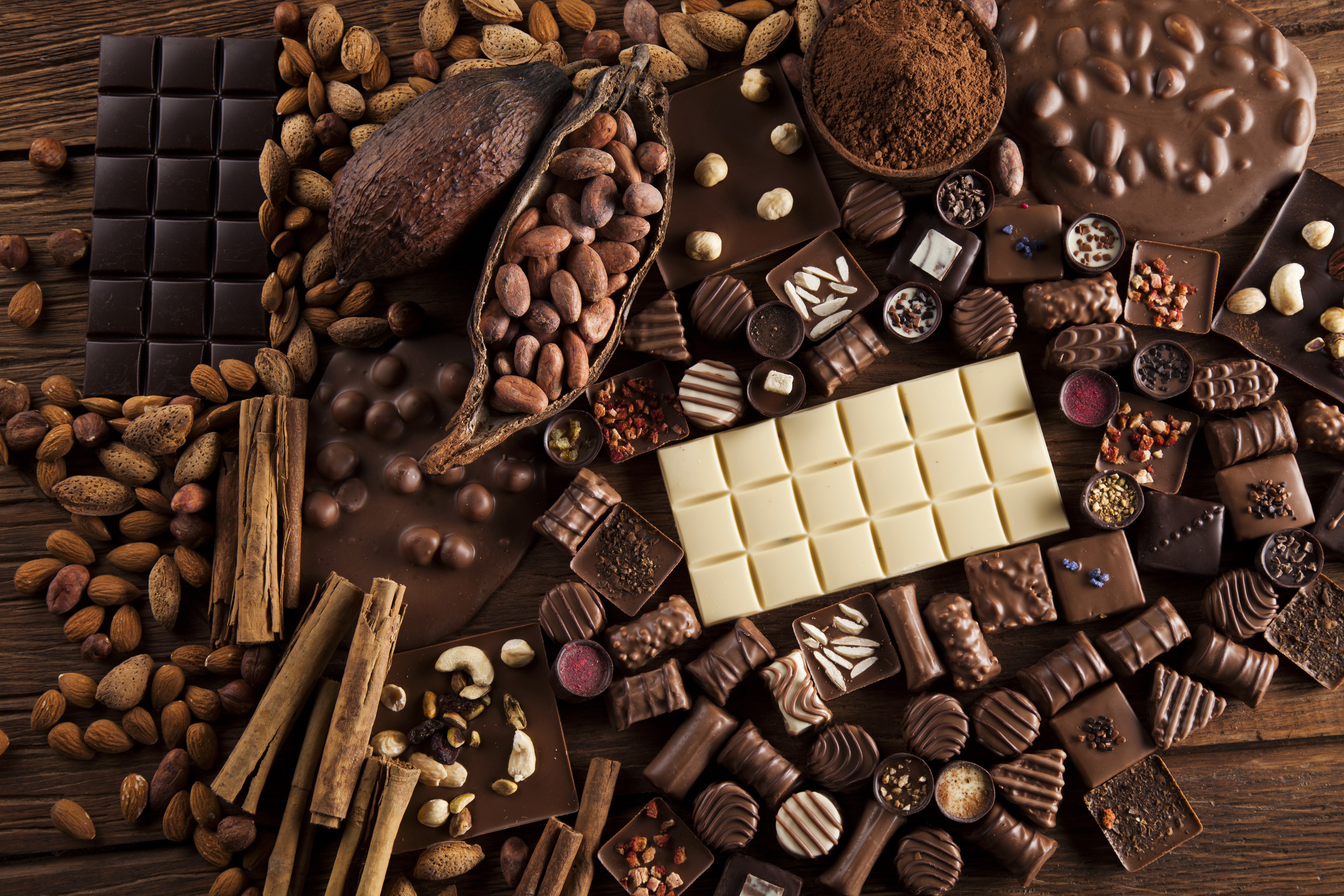
Every year, on the 7th of July, people across the globe come together to celebrate World Chocolate Day, an occasion that honors one of life's most exquisite indulgences.
History of World Chocolate Day
Established in 2009, World Chocolate Day celebrates the supposed anniversary of chocolate's introduction to Europe in 1550. It is a day when candy stores and local suppliers worldwide offer their best chocolate treats for people of all ages to enjoy. Chocolate comes from the seeds of the Theobroma Cacao tree, which has a long history of cultivation in Mexico, Central America, and Northern South America. Today, Africa leads in cacao tree production. The seeds have a bitter taste and undergo fermentation to develop their delicious flavor. Now, chocolates have more than 500 flavors available.
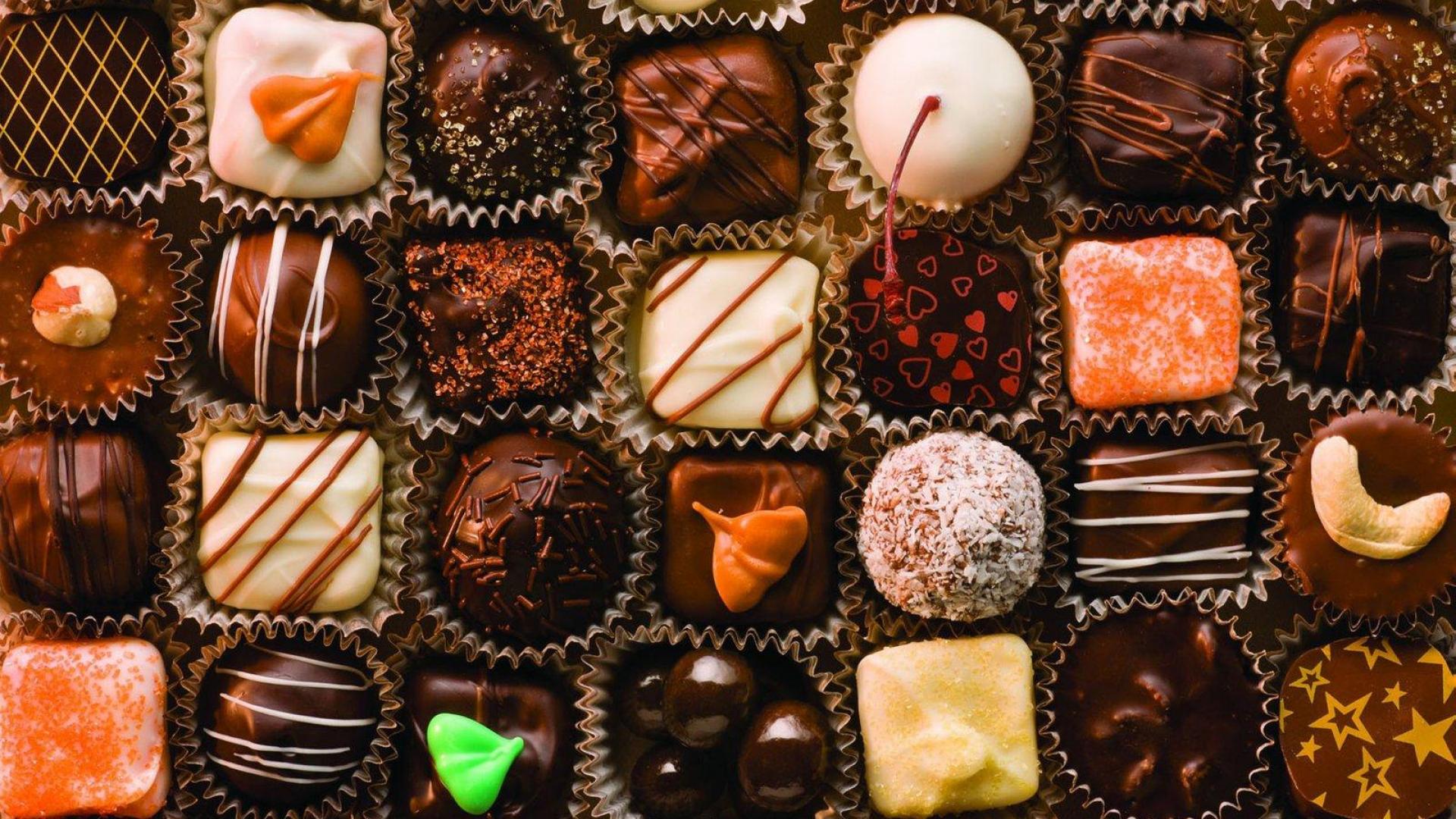
On this day let’s know some of the things about chocolate, its types, and benefits.
How chocolates are created?
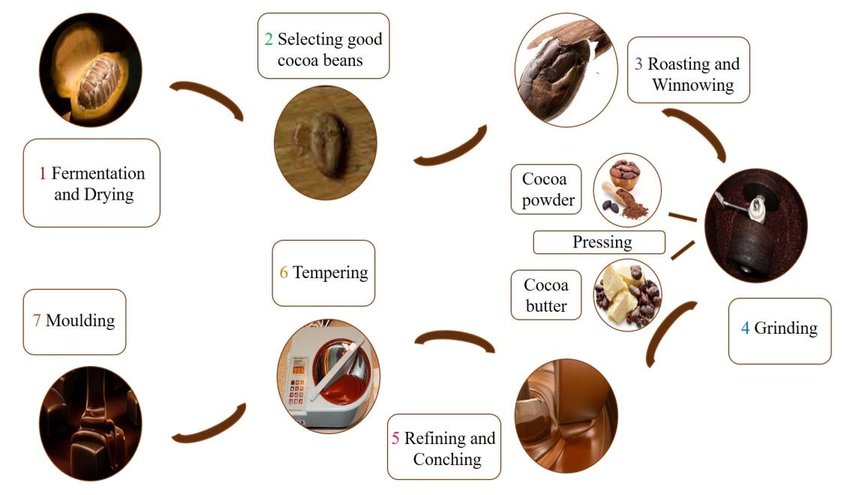
Let us know some of the chocolate types
Milk Chocolate
Creamy and sweet, milk chocolate contains a minimum of 10 percent chocolate liquor and 12 percent milk, which gives it its name and its soft, melty texture. It is typically sweeter and less bitter than dark chocolate because it contains that extra dairy and sugar.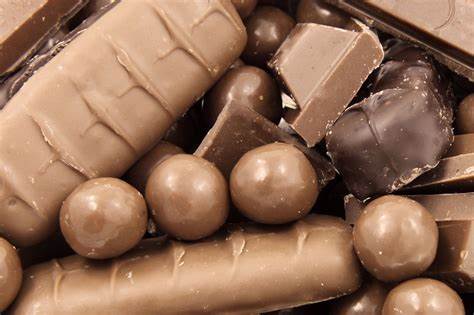
Dark Chocolate
Per the FDA, dark chocolate must contain a minimum of 35 per cent chocolate liquor. Dark chocolate in the 65 to 70 percent range will be pleasantly bitter and slightly creamy, while anything reaching 80 percent and beyond will be too brittle and bitter to enjoy on its own.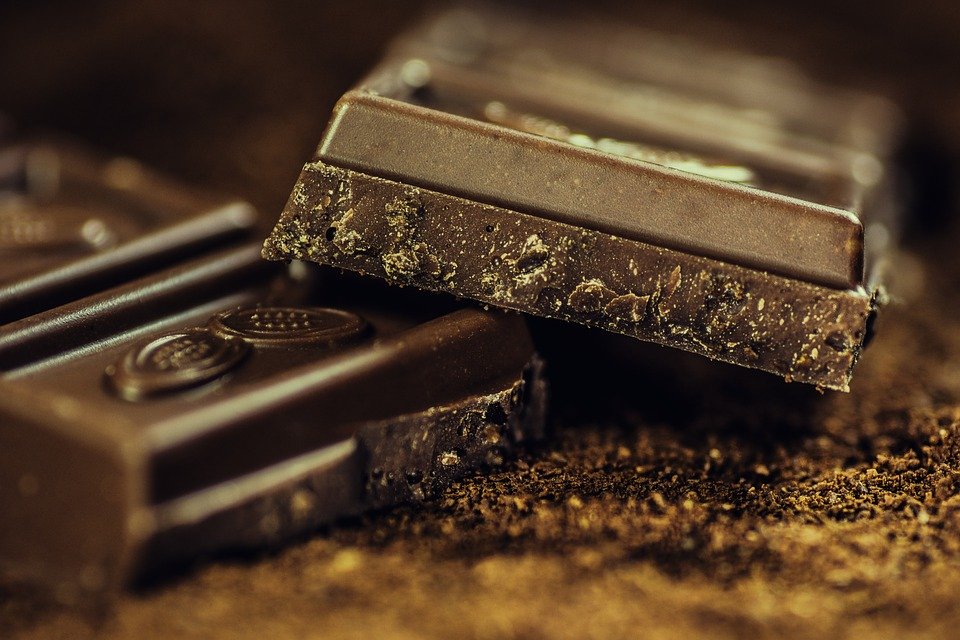
Unsweetened Chocolate
Maybe you have seen unsweetened chocolate (sometimes labeled bakers’ chocolate) at the store. What is it, exactly? Basically, it is chocolate liquor—cocoa solids and cocoa butter—without any added sugar or dairy. Because of this, it is very bitter and best left for baking projects that require a deep chocolate flavor.
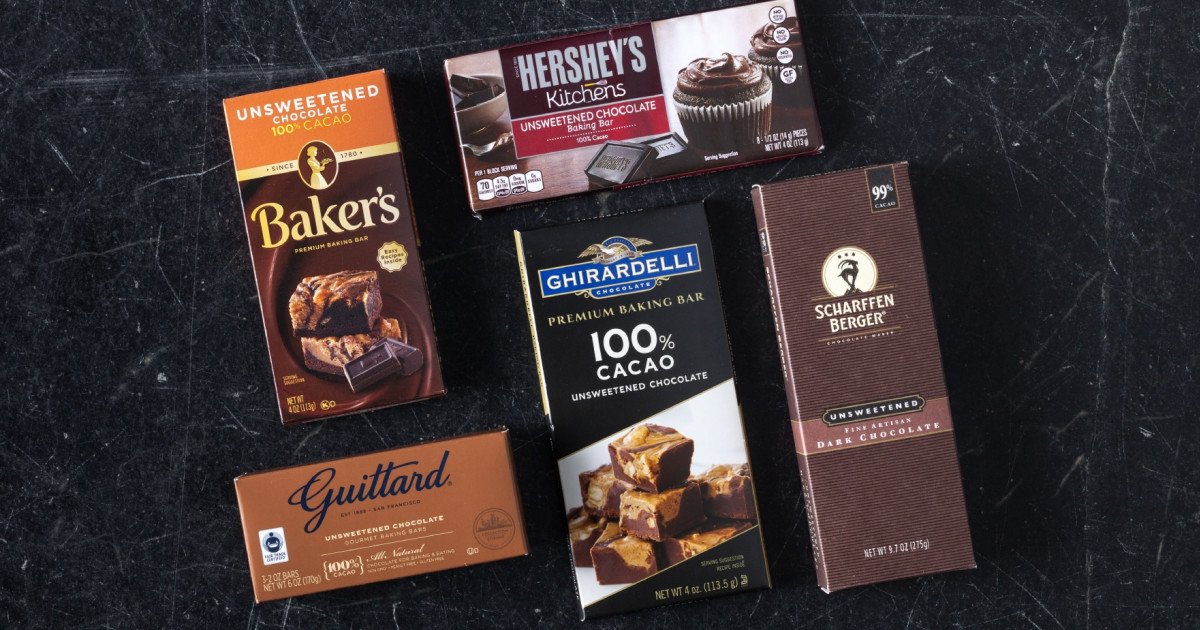
White Chocolate
Food snobs might tell you white chocolate is not chocolate. After all, it does not contain any cocoa solids. But it does contain plenty of cocoa butter—at least 20 percent, along with at least 14 percent milk, milk solids, or cream.
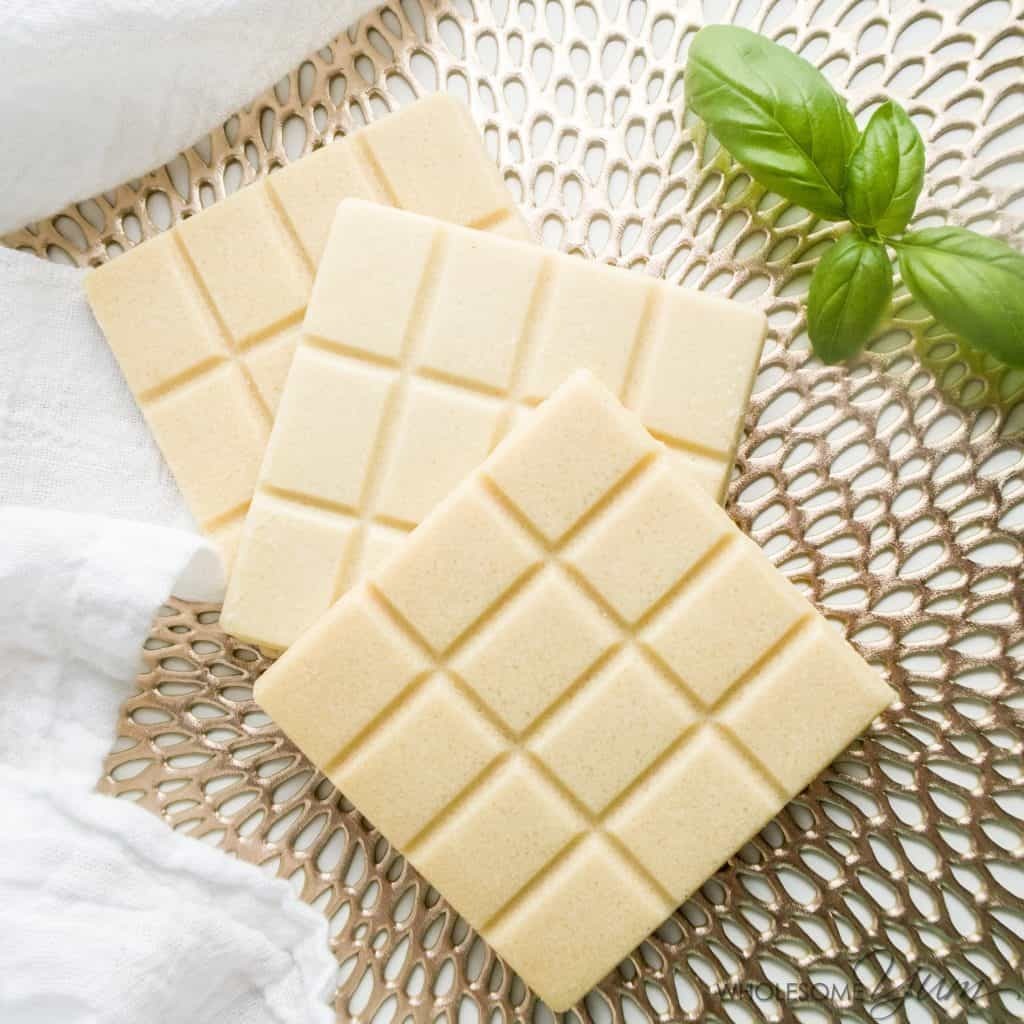
Ruby Chocolate
Ruby chocolate is kind of like white chocolate’s hip younger cousin: It has only been around since cocoa company Barry Callebaut introduced it in 2017 and it is a very trendy millennial pink. Surprisingly, its hue is natural and comes from the “ruby cocoa beans” used to make it. The flavor is slightly sweet and sour, like berries in chocolate form.
Benefits of eating chocolates
- It lowers your risk of major diseases by helping blood vessels relax, which decreases blood pressure, and increasing HDL (or "good") cholesterol and LDL (or "bad") cholesterol, which can improve heart health.
- Chocolate can provide an anti-inflammatory effect throughout your system, helping to stave off diseases and keep you healthy.
- chocolate polyphenols can increase blood flow. By widening your blood vessels and increasing blood flow, it can help decrease your risk of blood clots.
- Chocolate helps regulate the feel-good hormone serotonin and dopamine and can lift the mood. Researchers have linked cocoa to improved attention, processing speed, and memory.
- One study found that chocolate could reduce body weight and BMI in healthy individuals if taken at 30 grams a day or more between four and eight weeks.
![]() enjoy the chocolate day with full of joy
enjoy the chocolate day with full of joy



You must be logged in to post a comment.